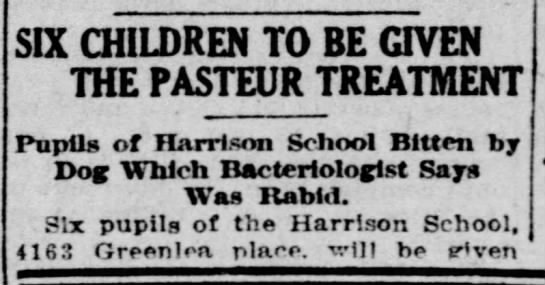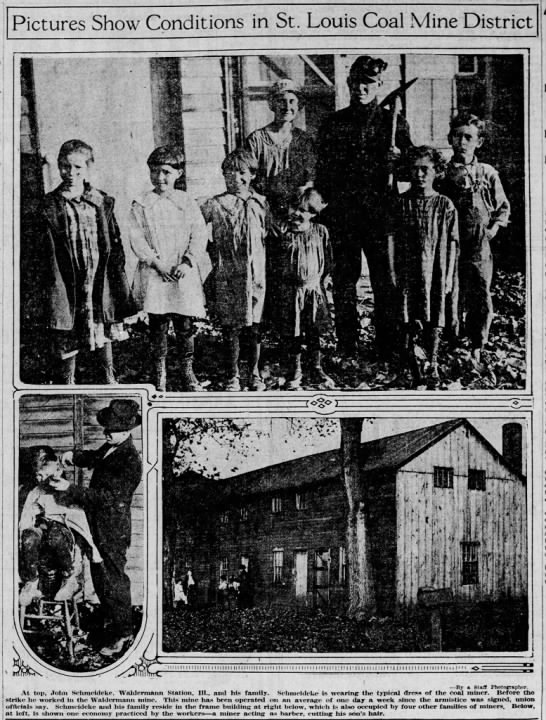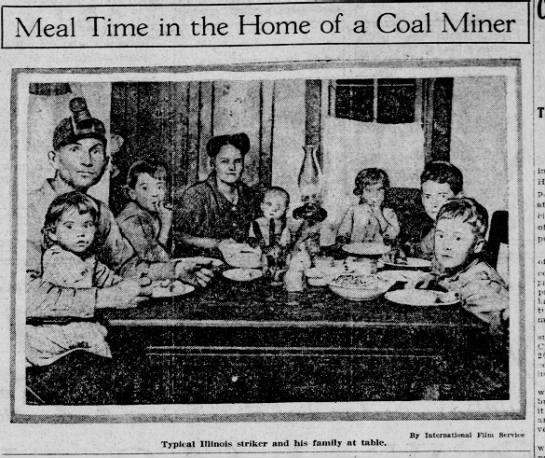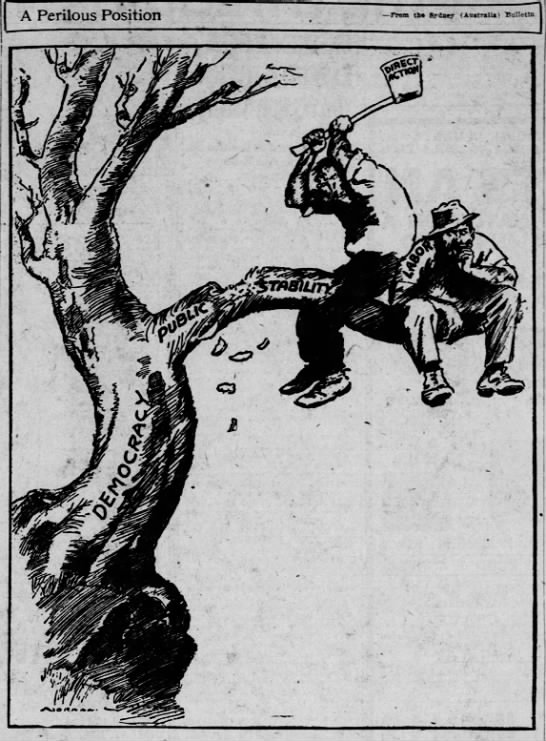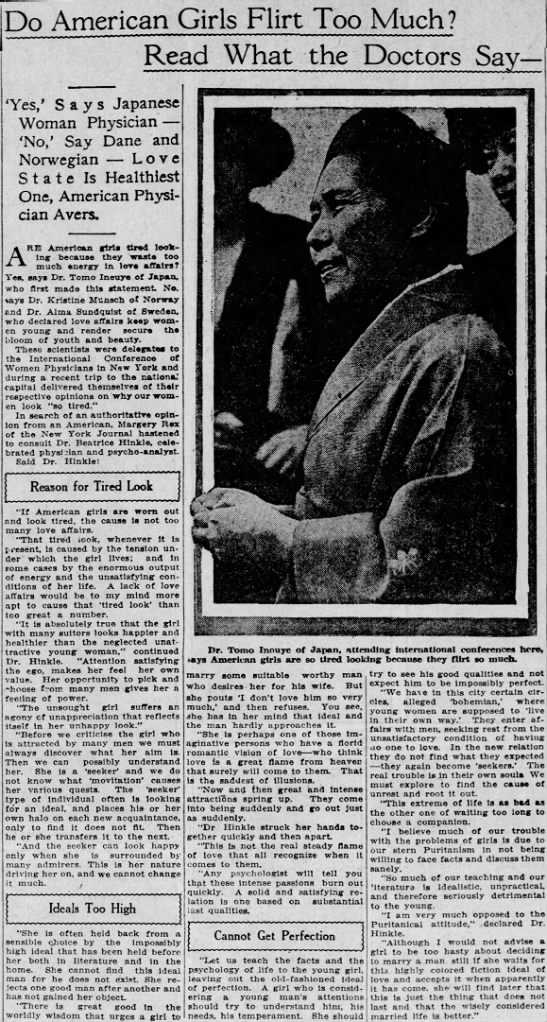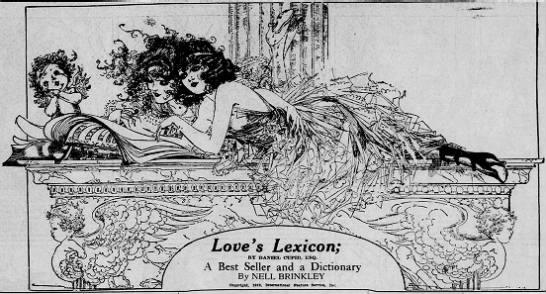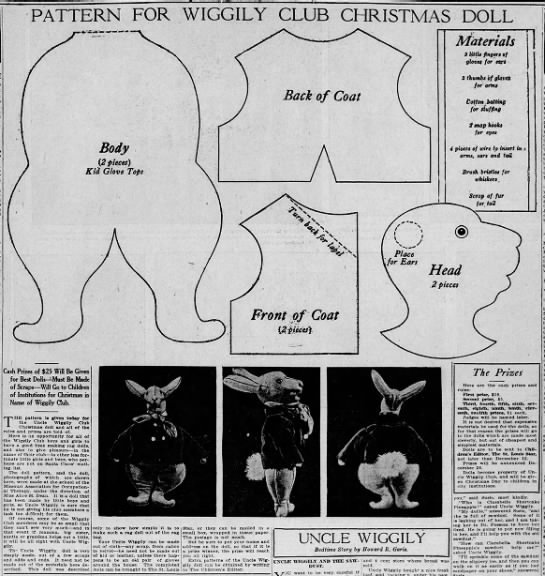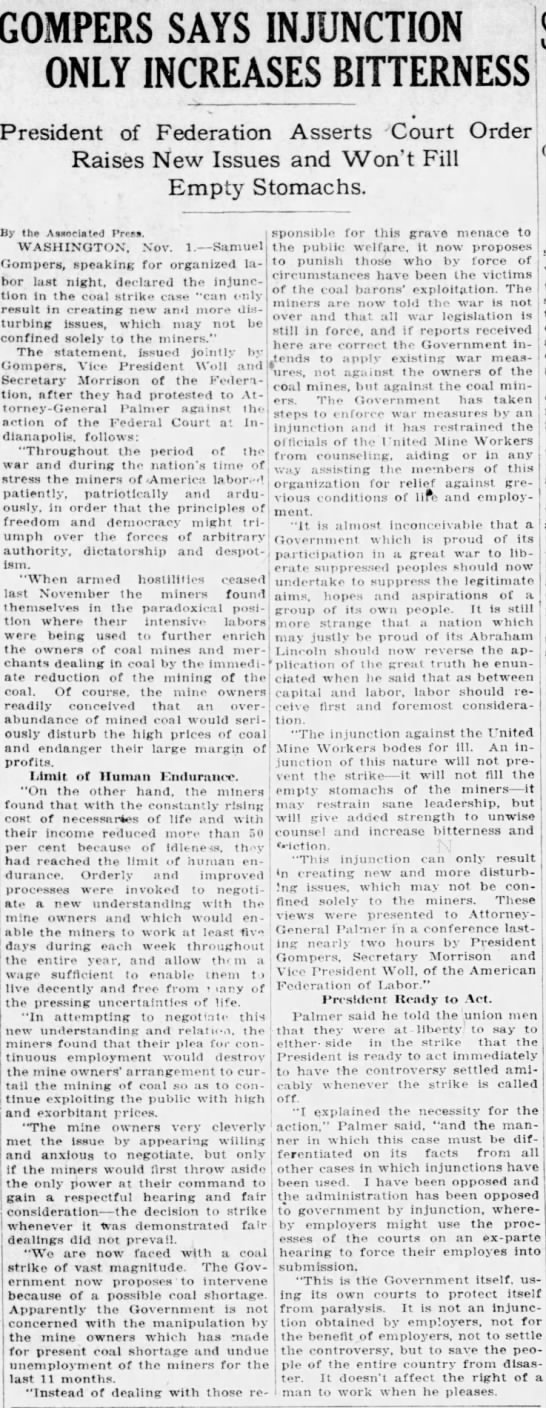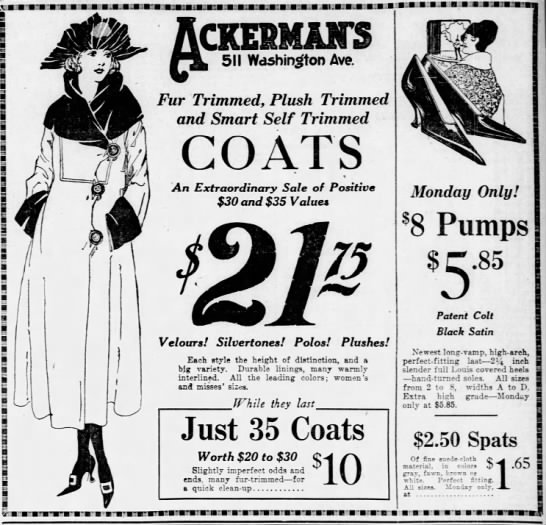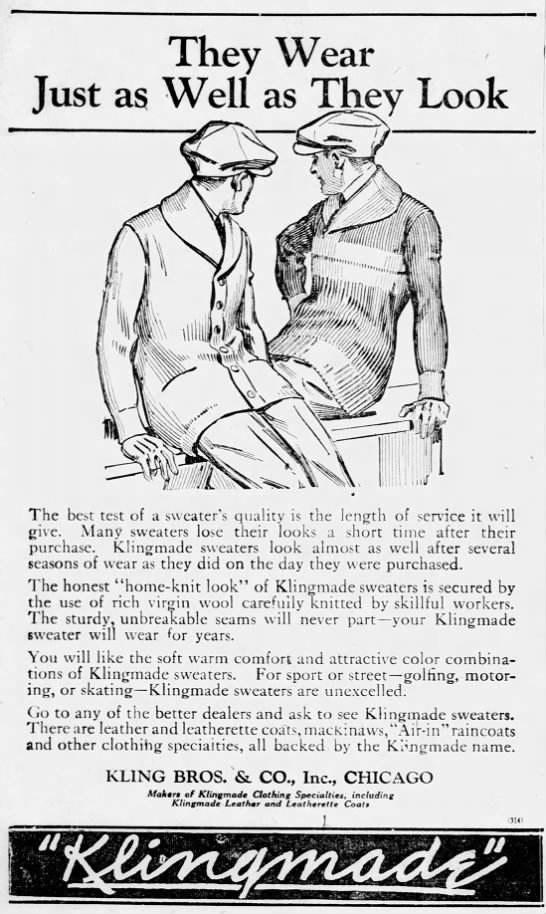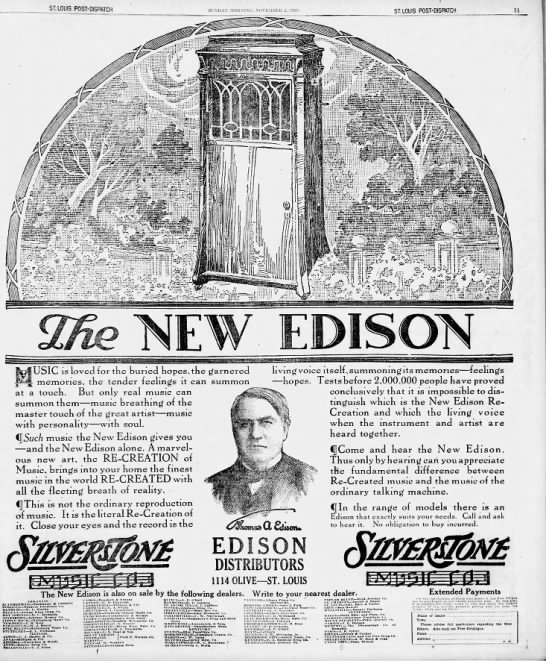The magazines and the reading public wanted Fitzgerald to be a Johnny-one-note and the darker twist to these stories didn't fit with the persona based on his iconic Flapper stories of the 1920s.
I enjoyed reading these stories, some for their artistic merit and others for insight into the author and his times.
I felt a warm response to the 1935 story The Pearl and the Fur which Fitzgerald wrote about a girl his daughter's age. Daniel informs that a previous and a later Gwen story was published but after three revisions, requested by the Post, Fitzgerald never resubmitted this lost one.
 |
| Scott and Scottie, photo from I'd Die For You |
"She was happy, and a little bit older. Like all the children growing up un her generation she accepted life as a sort of accident, a grab bag where you took what you could get and nothing was very certain."~from The Pearl and the Fur by F. Scott Fitzgerald.
Thumbs Up was inspired by a story Fitzgerald's father often told of a Civil War-era incident. He rewrote the story as The Dentist Appointment.
Other stories are set in hospitals, such as The Women in the House influenced by Fitzgerald's own health problems and Nightmare set in a mental institution.
The title story, I'd Die For You, was rejected because of the threats of suicide in the plot. It is set in the mountains of North Carolina, where Fitzgerald himself attempted suicide and where his wife Zelda was hospitalized. The story feels as if the author himself were speaking to us:
This is a must-read for all Fitzgerald fans.
"What do you mean when you said you'd lived too long?"He laughed but at her seriousness he answered:"I fitted in to a time when people wanted excitement, and I tried to supply it.""What did you do?""I spent a lot of money--I backed plays and tried to fly the Atlantic, and I tried to drink all the wine in Paris--that sort of thing. It was all pointless and that's why it's so dated--it wasn't about anything."
I'd Die For You And Other Lost Stories
By F. Scott Fitzgerald
Edited by Anne Margaret Daniel
Scribner
Publication April 10, 2018)
$17 paperback
ISBN13: 9781501144356
from the publisher:
A collection of the last remaining unpublished and uncollected short stories by F. Scott Fitzgerald. “A treasure trove of tales too dark for the magazines of the 1930s. Lucky us” (Newsday). “His best readers will find much to enjoy” (The New York Times Book Review).
I’d Die For You, edited by Anne Margaret Daniel, is a collection of F. Scott Fitzgerald’s stories never widely shared. Some were submitted individually to major magazines during the 1930s and accepted for publication during Fitzgerald’s lifetime, but never printed. Some were written as movie scenarios and sent to studios or producers, but not filmed. Others are stories that could not be sold because their subject matter or style departed from what editors expected of Fitzgerald.
Some of the eighteen stories were physically lost, coming to light only in the past few years. All were lost, in one sense or another: lost in the painful shuffle of the difficulties of Fitzgerald’s life in the middle 1930s; lost to readers because contemporary editors did not understand or accept what he was trying to write; lost because archives are like that. Readers will experience here Fitzgerald writing about controversial topics, depicting young men and women who actually spoke and thought more as young men and women did, without censorship. Rather than permit changes and sanitizing by his contemporary editors, Fitzgerald preferred to let his work remain unpublished, even at a time when he was in great need of money and review attention.
Written in his characteristically beautiful, sharp, and surprising language, exploring themes both familiar and fresh, these stories provide new insight into the bold and uncompromising arc of Fitzgerald’s career. I’d Die For You is a revealing, intimate look at Fitzgerald’s creative process that shows him to be a writer working at the fore of modern literature—in all its developing complexities.


